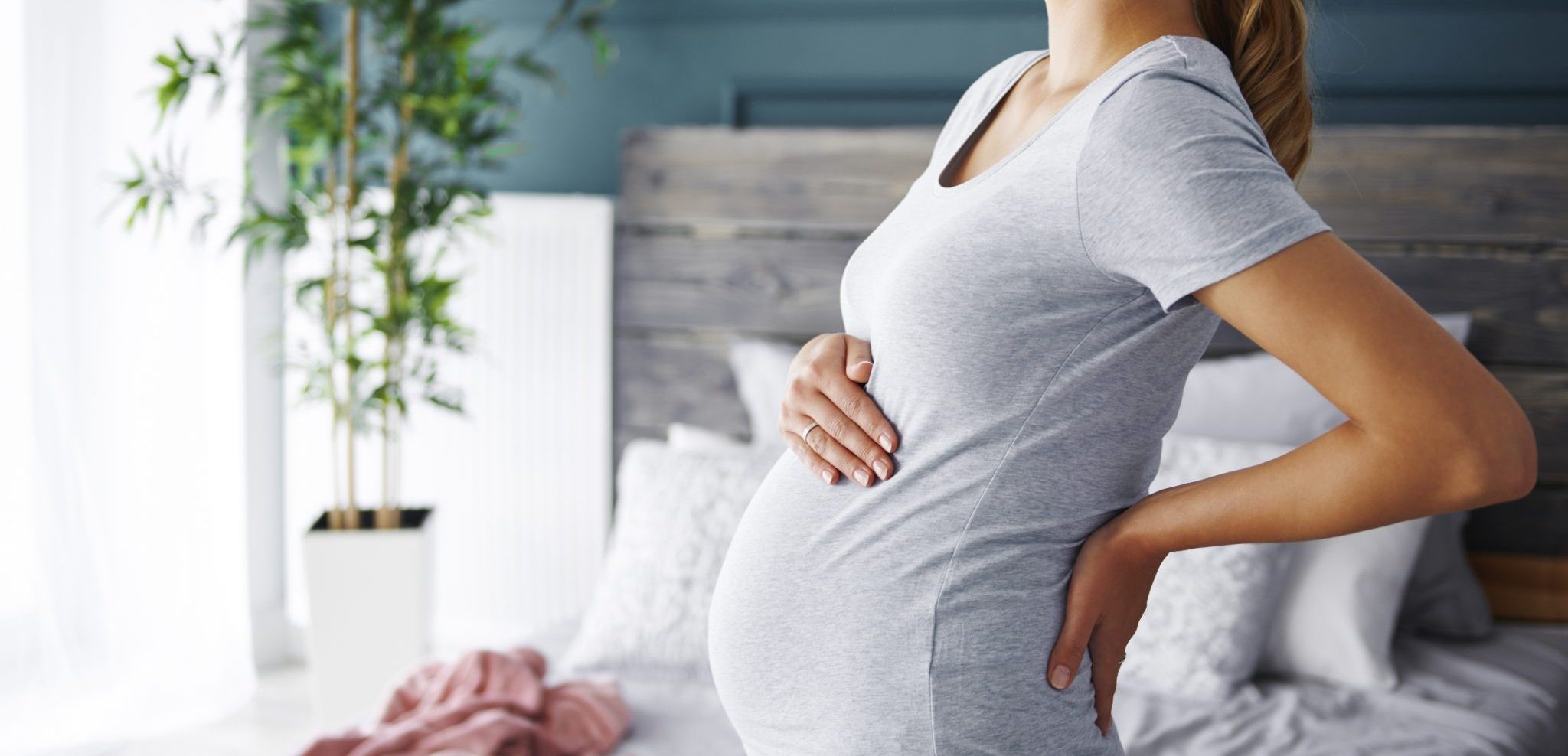Musculoskeletal Dysfunction During and After Childbirth

Back to physical health resource hub
Due to physical and hormonal changes, many women often experience increased pain and decreased activity during pregnancy and in the post-partum period. Throughout pregnancy, the body’s musculoskeletal system undergoes a number of changes including weight gain, postural and balance changes and alterations in spinal mobility. During the post-partum phase, the body is working to return to a pre-pregnancy state, however, the rigors of pregnancy and childbirth can result in permanent changes. The responsibilities of caring for a newborn can also increase stress and strain to the body and result in dysfunction. Pelvic health physical therapists are able to assess and provide treatment for this specialized need.
What causes dysfunction during pregnancy and post-partum?
Changes in maternal hormones, both during and after pregnancy, can result in tissue changes that cause excessive joint motion as well as postural changes. Muscles may become tight and overactive or lengthened and weak because of the changing body. These muscular changes can result in pain and difficulty with certain movements or activities. Demands after childbirth, such as breastfeeding, lifting and carrying the baby, stroller or car seat, combined with household chores and a lack of sleep, can make recovery difficult.
What are common musculoskeletal dysfunctions during pregnancy and post-partum?
During pregnancy, many women suffer from lower back pain and pelvic girdle pain due the physiologic changes that accompany pregnancy. One study reports that as many as 44% of women may experience low back and pelvic girdle pain during pregnancy. Assessment by a physical therapist trained in the treatment of obstetric patients can help to differentiate between low back and pelvic girdle pain and provide treatment and education to improve symptoms. During pregnancy and childbirth, injuries to the coccyx (tailbone) and pubic symphysis (space between the pubic bones) are also common and can improve by working with a physical therapist.
During the post-partum phase, many women may continue to experience or develop low back and/or pelvic girdle pain. Another common post-partum dysfunction is Diastasis Rectus Abdominis (DRA) or a separation of the abdominal muscle bellies. Most women will experience some degree of abdominal separation during pregnancy. A pelvic health physical therapist can assist in guiding you through the appropriate interventions and provide education on body mechanics in order to improve core stability and function. Undergoing a cesarean section (c-section) can also greatly affect the abdominal wall and core muscles and a physical therapist can help facilitate healing after a c-section.
What are symptoms of musculoskeletal dysfunction during pregnancy and post-partum?
Symptoms that something may be dysfunctional include numbness or pain in the pelvis, spine, hips and abdomen. Dysfunction can also manifest as difficulty performing activities of daily living such as getting in/out of a chair, the car or bed or issues with bending and lifting while performing childcare or other activities. Stress placed on the pelvic floor muscles during pregnancy and delivery can result in pelvic pain, constipation, urinary/bowel incontinence and pain with intercourse.
How can a physical therapist help?
Physical therapists are musculoskeletal experts and are skilled in the evaluation and treatment of these dysfunctions. Some physical therapists have undergone additional training in order to treat pregnant and post-partum women and those with pelvic floor dysfunction. Physical therapists may address your impairments via hands- on techniques to help relax muscles or improve mobility, guide you through an exercise program to help improve muscle activity, and help moms return to their prior level of function.
Additionally, these specially-trained PTs can also provide education on how to manage symptoms throughout pregnancy, labor and delivery positioning, post-partum expectations and how to maximize body mechanics to decrease pain and worsening of impairments.


